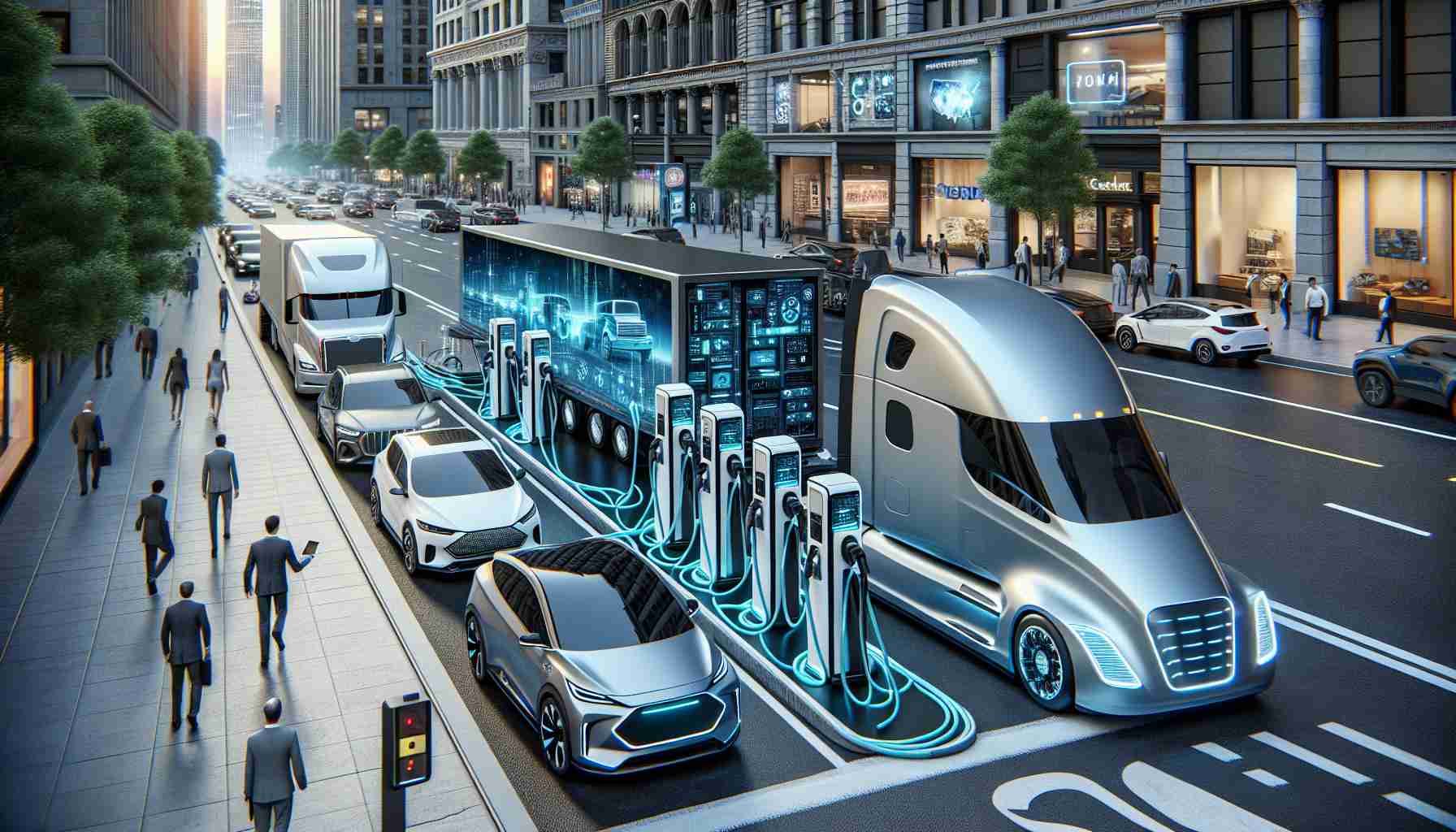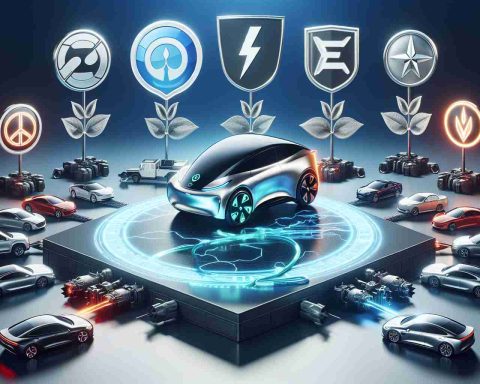The push for widespread electric vehicle (EV) charging infrastructure in the United States is gaining momentum despite initial setbacks. While the goal is to establish 500,000 EV charging stations by 2030, progress has been slow due to various challenges.
Currently, only a handful of charging stations are operational in a few states, raising concerns about the feasibility of meeting the ambitious target. The allocation of $7.5 billion for EV charging in the Bipartisan Infrastructure Law has not translated into significant results, with just a fraction of the intended stations in operation.
Issues such as funding distribution, state engagement, and technical complexities have contributed to the delays in expanding the charging network. State agencies are grappling with the newness of EV infrastructure, leading to a slower-than-expected rollout.
Despite these challenges, there is optimism about the future of EV charging in the US. Efforts are underway to streamline the construction and implementation processes, with a focus on meeting stringent quality and reliability standards for the new chargers.
Private companies are also investing in charging networks, complementing the government’s initiatives. The National Electric Vehicle Infrastructure (NEVI) program aims to significantly enhance the national fast charging capacity, although progress may be slower than anticipated.
As technology advances and regulatory frameworks evolve, the vision of a robust and extensive EV charging network in the US remains a realistic goal. With coordinated efforts from government, industry, and stakeholders, the future of electric vehicle infrastructure looks promising.
The expansion of electric vehicle (EV) charging infrastructure in the United States is not only crucial for supporting the transition to cleaner transportation but also presents a range of opportunities and challenges that need to be addressed.
One key question that arises is how the ongoing development of wireless charging technology will impact the future of EV charging in the US. Wireless charging, which eliminates the need for physical cables, could revolutionize the charging experience for EV owners by offering greater convenience and ease of use. However, the widespread implementation of this technology faces obstacles like cost considerations, interoperability issues, and concerns over efficiency.
Another important aspect to consider is the role of renewable energy sources in powering EV charging stations. Integrating solar panels or wind turbines into charging infrastructure not only reduces the environmental impact of charging but also contributes to overall sustainability goals. Despite the benefits, scalability and cost-effectiveness remain hurdles to widespread adoption of renewable energy-powered charging stations.
In terms of key challenges, one pressing issue is the need for standardized charging protocols across all EV manufacturers to ensure interoperability and ease of access for EV drivers. The lack of uniformity in charging connectors and communication protocols complicates the charging experience, leading to inconvenience and potential barriers to EV adoption.
Additionally, cybersecurity concerns surrounding EV charging infrastructure pose a significant challenge that must be addressed to safeguard user data and ensure the reliable operation of charging networks. With the increasing connectivity of charging stations to digital platforms, the risk of cyber threats and vulnerabilities necessitates robust security measures and protocols.
Advantages of expanding EV charging infrastructure include reduced greenhouse gas emissions, decreased reliance on fossil fuels, and improved air quality in urban areas. By promoting EV adoption through accessible and reliable charging networks, the US can make significant strides towards achieving climate goals and enhancing energy independence.
On the flip side, disadvantages such as high upfront costs, limited availability of fast charging stations in certain regions, and potential strain on the electricity grid during peak demand periods pose obstacles to the seamless proliferation of EV charging infrastructure nationwide.
In conclusion, the future of electric vehicle charging in the US is promising yet complex, with various factors influencing the trajectory of development. Addressing questions surrounding technological advancements, renewable energy integration, standardization, cybersecurity, and weighing the advantages against the challenges will be critical in shaping a sustainable and efficient EV charging network for years to come.
For more information on the latest trends and innovations in electric vehicle charging infrastructure in the United States, visit Energy.gov.


















